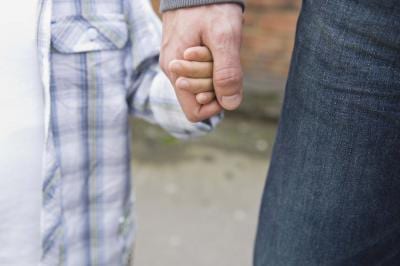Children face risks to their personal safety at home, at the park, on the way to school and other public areas. Personal safety lessons prepare your child for handling a situation that puts her safety at risk. Whether your child gets lost or is approached by a potential abductor, teaching her personal safety skills gives her a better chance of reacting quickly and appropriately. There’s a thin line between preparing and scaring your child, though.
Step 1
Talk to your child about situations that might make him feel uncomfortable or threaten his safety. Discuss things like getting lost, being offered a lure by someone he doesn’t know, unusual behavior from a stranger or acquaintance, being bullied or being physically threatened by someone else. Encourage open communication if your child experiences or witnesses any situation that makes him feel unsafe.
Step 2
Set guidelines for your child about her activities and locations. Meet with parents or other adults who will supervise your child at birthday parties, slumber parties and other social events. Interview babysitters and call references before leaving your children.
Step 3
Teach your child his personal information in case he gets lost or is caught in an emergency situation. Have him practice saying aloud and writing his name, address, your full name and telephone numbers, to reinforce the information.
Step 4
Practice dialing 911 on a phone that isn’t connected. Let your child practice a conversation as if she needed to call during an emergency situation.
Step 5
Role-play various situations your child could encounter that would threaten his personal safety. Play the role of the perpetrator to give your child a chance to practice saying, “No!” and to escape the situation.
Step 6
Network with neighbors and other local families to create a more aware neighborhood. If your child walks to school, set up a neighborhood group that walks to school together.
Step 7
Give your child a chance to practice calling a trusted adult, such as a relative or close friend. This gives him another line of defense in an emergency.
Step 8
Teach your child to use the buddy system any time she goes out without you. Remind her to always stay with her buddy and to look out for one another. Require her to tell you before she leaves — even with a buddy or trusted adult.
Step 9
Help your child become more alert about the environment by pointing out things you notice. You might point out things like cars, people, animals or specific situations. Do this on a regular basis as a low-key activity to help build your child’s attention to detail.
Step 10
Review all safety precautions and skills regularly to keep the information fresh. Reassure your child that you are there to keep him safe, but he also needs to practice and stay alert.





